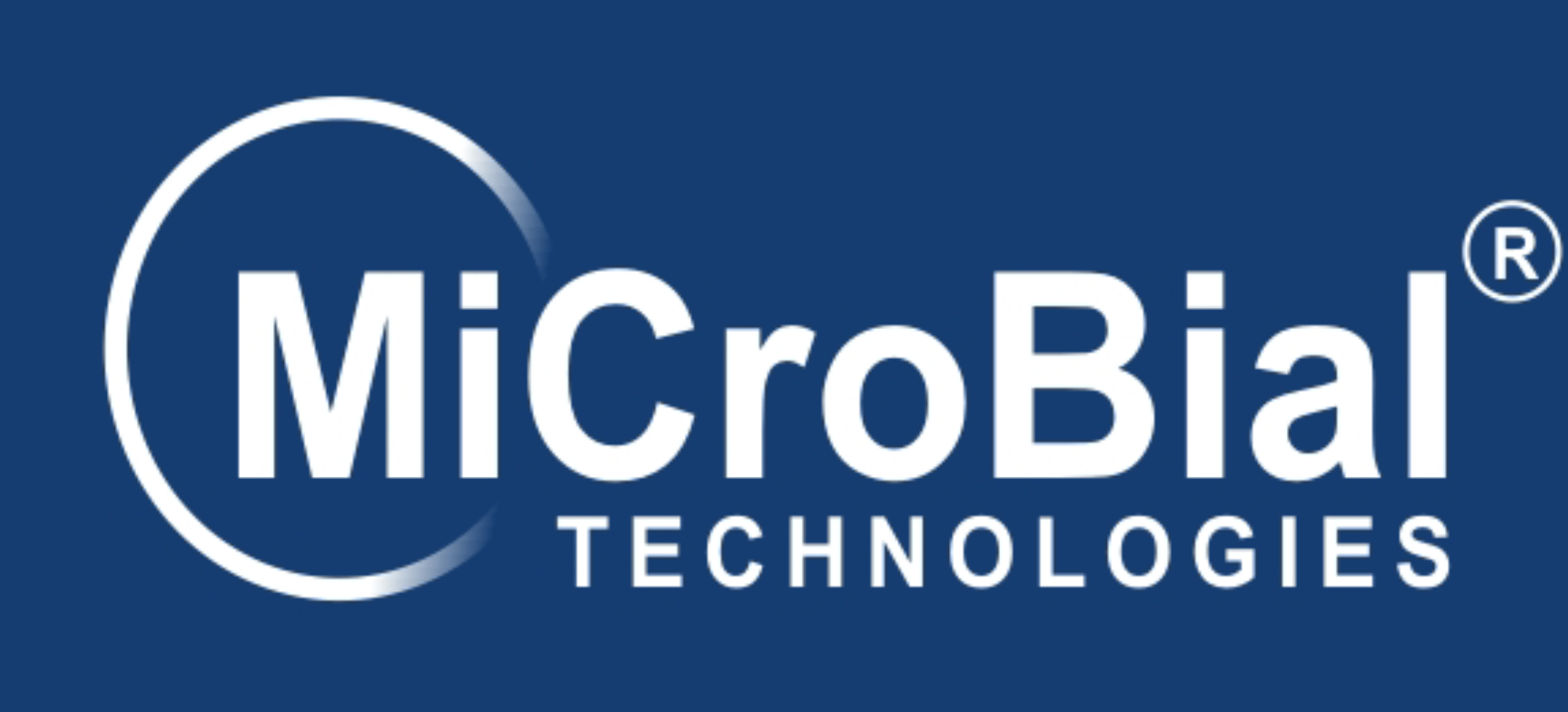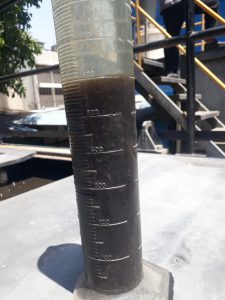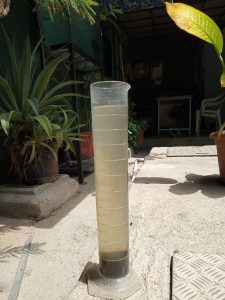Shilpa Medicare ETP Case Study
Background
Shilpa Medicare is one of the reputed pharmaceutical company. This is world class manufacturing facility is 100 export oriented API unit and spread over 22 acres. Shilpa Medicare Limited started its operations as API manufacturer way back in 1987 at Raichure, Karnataka – India. The commercial production in the Shilpa Medicare was started in November 1989.
Today Shilpa Medicare is a global brand in manufacturing and supplying of affordable API and formulation globally in different
regulated markets. Shilpa Medicare having two streams as HTDS and LTDS ETPs generating about 80 – 85 kl per day. Two different effluent wastreated separately.
Objectives – Objectives of this project was to demostrate the effectiveness of MiCroBial Aqua & MiCroBial Odor by developing biomass
and sustain that biomass to improve wastewater quality and to provide plant stability along with odor control from ETP. Second object of this program was to degrade the dead sludge present in anaerobic digester and provide plant stability.
MiCroBial Technologies Solutions MiCroBial Aqua is a natural biocatalyst made via novel fermentative process that has been refined by microbiologist in India. MiCroBial Aqua consists of selected consortium of bacteria and enzymes that degrade organic matter as carbs, proteins and fats. These microbes produces different types of enzymes as amylase, protease, lipase, cellulase etc.MiCroBial Aqua works in both aerobic and anaerobic conditions as it contents aerobic and facultative microbes in waste water treatment.
Dosing Program
Recommended Product MiCroBial Aqua & MiCroBial Odor
Volume of wastewater 80,000 liters/day
Product quantity required 1 kg/day
Fresh water required 100 liters/day
Dosing point Inlet of Anaerobic digester
Mode of application Application thru dosing tank of 100 liters capacity tank
Unit Description
ETP has different units like Collection tank, Anaerobic digester, Soar reactor, Secondary clarifier, Aeration tank 1st/2nd wtih
with daily flow rate of 80,000 liters of wastewater.
Existing Problems Before MiCroBial Technologies Treatment –
Anaerobic digester was completely inactive & dead and having solid organic sludge which was not able to remove from the tank.
Anaerobic digester was not playing any active role in the treatment and reduction of different parameters. The digester
outlet piping and internal system was blocked due to the dead organic sludge which was very hard to remove from the tank.
Dead sludge present in digester was producing odor in nearby environment. Odor nuisance was the primary concern for
the management. Our main objective were to digest the solid dead sludge from tank and activate anaerobic process.
Dead Sludge Before Treatment.

Dead Sludge before Treatment of MiCroBial Technologies – 500 KLD
Installation of Dosing System & Aeration System
For dosing of MiCroBial technologies product into the system, dosing system was installed at the base of anaerobic digester
where feeding of effluent to digester was done to facilitate microbes addition. Dosing system contains two tanks of 100 L
capacity along with dosing pump and piping with flow rate of 4.1 liters per hr.
Dosing System for MiCroBial Aqua
Compressed air was provided to digester to facilitate mixing of microbes with effluent and to loosen up the dead organic sludge
Once solid organic sludge digested with MiCroBial Aqua, compressed air was discontinued.
Implementation Protocol
Once dosing system and compress air system was installed at the inlet point of anaerobic digester, effluent from FRP tank was
added at flow rate of 3 kl per hr to fill up the anaerobic digester. PH of effluent was adjusted to its optimum along with addition
of compressed air. required quantity of MiCroBial Aqua culture was added to dosing tank with 100 L fresh water. Nutrient like
DAP, Urea and jaggary was added into second dosing tank which was dosed to digester along with culture. Activation of anaerobic digester was done in two parts.
1) Digestion of dead organic sludge
2) Development of sludge blanket and biomass
After addition of MiCroBial Aqua and nutrients into respective dosing tank, it was stirred and mixed for 30 min to get it dissolved. After 30 min, activated solution was dosed to anaerobic digester. During dosing care was taken that microbes were mixed properly with the effluent during feeding. Dosing of microbes and nutrient was done as per the program provided to client.

Dosing System of MiCroBial Technologies Product
Results
After dosing of MiCroBial Aqua for 10 days, it was observed that dead solid organic sludge was digested and got liquified. Solid
organic sludge was digested and converted to liquid. Blockages of pipes and internal system was completely removed opening
all the system for smooth operation of digester. After liquification stage, MiCroBial Aqua dosing was continued to for further
treatment. Optimum conditions were started to maintain to its optimum level like PH, VFA, Temperature, Alkalinity. with the
treatment of 2-3 months, we got results as per below, Following parameters are maintained,
SRT – 8 – 10 days
HRT – 4 days
VFA – 2810 ppm
Alkalinity – 4620 ppm
Reduction in COD mg/L
| Sr No | Date | Inlet COD mg/l | Outlet COD mg/l | Reduction % |
| 1 | 08/05/20 | 7840 | 5120 | 65.3 |
| 2 | 11/05/20 | 10000 | 3760 | 62.4 |
| 3 | 13/05/20 | 10000 | 4720 | 52.8 |
| 4 | 14/05/20 | 11120 | 3600 | 67.6 |
| 5 | 15/05/20 | 10133 | 3680 | 63.6 |
| 6 | 16/05/20 | 12571 | 2720 | 78.3 |
| 7 | 18/05/20 | 14560 | 3312 | 77.2 |
| 8 | 19/05/20 | 16800 | 2224 | 86.7 |
| 9 | 20/05/20 | 18240 | 2624 | 85.6 |
| 10 | 22/05/20 | 13280 | 2784 | 79.03 |
| 11 | 23/05/20 | 16640 | 3008 | 80.95 |
| 12 | 24/05/20 | 20800 | 2320 | 88.8 |
| 13 | 25/05/20 | 15840 | 3104 | 80.4 |
| 14 | 26/05/20 | 13600 | 2208 | 83.7 |
| 15 | 28/05/20 | 13120 | 3136 | 76.09 |
| 16 | 29/05/20 | 15040 | 3056 | 79.6 |
| 17 | 30/05/20 | 13840 | 2544 | 81.6 |
| 18 | 01/06/20 | 18720 | 2640 | 86.4 |
| 19 | 02/06/20 | 20000 | 2720 | 84.05 |
| 20 | 03/06/20 | 16160 | 2576 | 84.5 |
| Average value | 13607 | 2964 | 77.28 |
After few days of treatment, odor generation of odor from anaerobic digester was controlled tremendously. Sludge blanket &
biomass in anaerobic digester was developed with MiCroBial Aqua product providing optimum conditions.
Odor Control of Sludge Drying Bed
Excessive sludge of ETP was collected into sludge drying bed and it was dried and disposed further. Sludge drying bed was
producing odor nuisance that affects the working environment and health of workers. Management wanted to reduce the odor
from sludge drying bed
Application of MiCroBial Odor
250 gm of MiCroBial Odor was mixed with 100 L fresh water, stirred and mixed well to get it dissolved. Once it get dissolved,
activated solution was sprayed all over the sludge drying bed. Care was taken that microbes should get mixed properly with
the sludge present into bed.
Results
After couple days of application, officials was observed that there was good reduction in odor from the sludge drying bed.
Conclusion
The result of validation program demonstrated the effectiveness of MiCroBial Aqua in digestion & liquification of dead solid
organic matter was achieved by MiCroBial Technologies.
Secondly MiCroBial Aqua helped in development of sludge blanked and biomass in anaerobic digester. MiCroBial Odor was able to control the odor from sludge drying bed. Improvement in biomass, reduction in COD, TSS and water quality concludes that MiCroBial Aqua and MiCroBial Odor were very effective in wastewater treatment process.
Contact
Satish Bhandare – Microbiologist
MiCroBial Technologies
Tel – +91 8888885375
Email – satish@microbialtech.com






